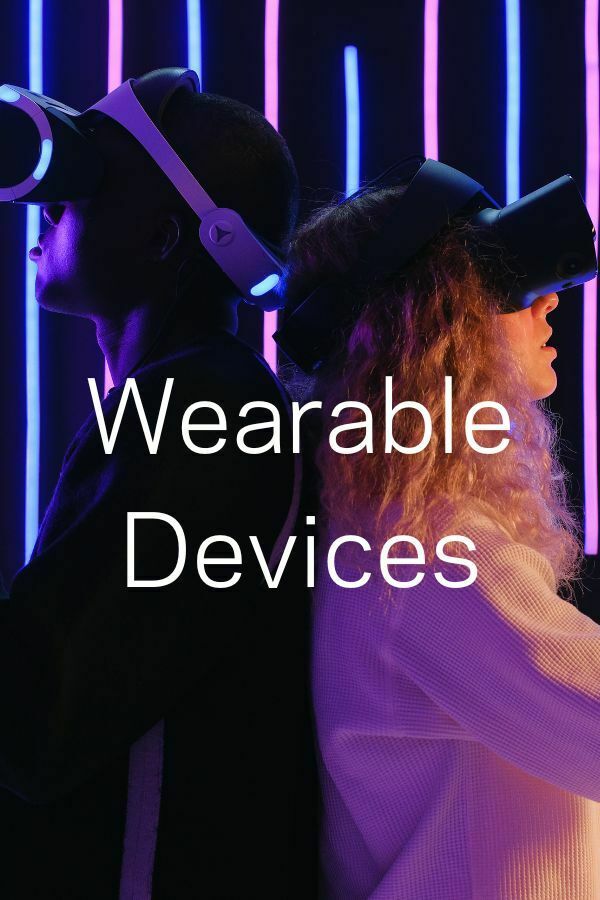Virtual Reality has arrived, but are humans ready for it?
Appeared In: Bulletin of the Atomic Scientists
Publication Date: March 6, 2023
Excerpt From the Article:
I crawled through a vent with a loaded weapon in hand, hoping a creature wasn’t waiting up ahead. There was a clang in the vent behind. I panicked, spun around to face what was coming, and bumped my head. Pain blossomed; the illusion was broken. I’d hit my head on the rowing machine leaning against the wall.
Lifting the virtual reality (VR) headset, I found myself where I’d been since early afternoon, in my brightly lit living room. Actual reality set in. I wasn’t on a mission to save the world with a supportive cast of characters. Nor was I fighting alien invaders. I was playing the shooter game Half Life: Alyx, and I was alone.
In 1935, American science fiction writer Stanley Weinbaum’s 30-page short story Pygmalion’s Spectacles managed a conceptualization of virtual reality eerily similar to modern-day notions. His narrative provides insights into the perspective of a first-time user of reality-bending spectacles and pushes the reader to grapple with emotional and ethical questions about the nature of reality and the realities humans might create. Nearly a century later, humans are finally in a position where asking similar questions isn’t futuristic science fiction; it is, well, reality.
Ford, T. (2023, March 6). Virtual Reality has arrived, but are humans ready for it? Bulletin of the Atomic Scientists.
